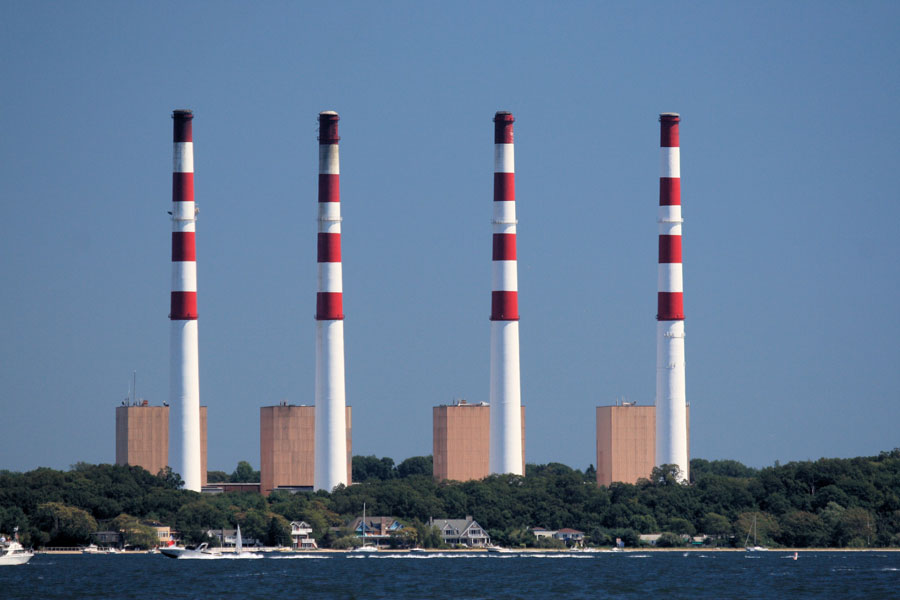Long Island Power Authority (LIPA)

The Long Island Power Authority (LIPA) is the publicly owned utility responsible for providing electricity to Nassau County, Suffolk County, and the Rockaway Peninsula in Queens. Established in 1985 by the New York State Legislature, LIPA ensures that Long Island’s electric grid remains under public ownership while being professionally managed through a private operator.
Role and Responsibilities
- Owns the transmission and distribution system across Long Island and Rockaway.
- Oversees utility management through contracts with private operators.
- Sets performance standards, reviews costs, and maintains financial responsibility.
- Ensures affordable and reliable energy while supporting state clean energy goals.
History
- 1985 – Created by New York State to address Long Island’s unique energy needs.
- 1998 – Assumed assets of the Long Island Lighting Company (LILCO) after the cancellation of the Shoreham Nuclear Power Plant.
- 2014 – Entered a management contract with PSEG Long Island, who now operates the grid on LIPA’s behalf.
Governance
LIPA is governed by a Board of Trustees, appointed by the Governor and legislative leaders. As a not-for-profit, it reinvests revenues into infrastructure, reliability improvements, and customer programs rather than paying shareholder dividends.
Relationship with PSEG Long Island
LIPA owns the electric system, while PSEG Long Island manages the day-to-day operations, customer service, and storm response. This public-private partnership allows LIPA to retain public accountability while benefiting from private-sector management.
See more on PSEG Long Island ➝
Contact & Resources
- Website: https://www.lipower.org
- Headquarters: Uniondale, New York
Snapshot
| Feature | Details |
|---|---|
| Founded | 1985 |
| Type | Government-owned, not-for-profit utility |
| Customers Served | ~1.1 million (via PSEG Long Island) |
| Primary Role | Owner of the electric grid infrastructure |
Long Island Power Authority (LIPA) – Top Questions & Answers
Q: What is the Long Island Power Authority (LIPA)?
A: LIPA is a government-owned, not-for-profit public utility. It owns the electric transmission and distribution system that serves Nassau County, Suffolk County, and the Rockaway Peninsula.
Q: Do I pay my electric bill to LIPA?
A: No. Bills are sent by PSEG Long Island, the private company that manages daily operations. LIPA owns the grid, but PSEG handles billing and customer service.
Q: Why do both LIPA and PSEG exist?
A: LIPA owns the infrastructure and ensures public oversight, while PSEG Long Island is contracted to operate the system. This partnership combines public accountability with private-sector management.
Q: Who runs LIPA?
A: LIPA is governed by a Board of Trustees appointed by the Governor of New York and legislative leaders. It is not a private company — it is publicly owned.
Q: Does LIPA generate electricity?
A: LIPA does not directly produce electricity. It owns the transmission and distribution system, while energy is supplied through contracts with various power producers.
Q: What is the difference between LIPA and PSEG Long Island?
A: LIPA owns the system (poles, wires, substations). PSEG Long Island operates it (billing, outage response, customer service).
Q: Where does Long Island’s electricity come from?
A: Power comes from a mix of sources, including natural gas plants, renewable energy projects (like solar), and imported electricity from the mainland grid via transmission cables.
Q: Why was LIPA created?
A: LIPA was created in 1985 after the controversial Shoreham Nuclear Plant project. Its purpose was to give Long Islanders a publicly owned utility and help stabilize electric rates.
Q: Can LIPA raise my rates?
A: Yes. As the owner of the system, LIPA sets electric rates. However, rates must be approved by the LIPA Board of Trustees, with a public review process.
Q: How do I contact LIPA?
A: Most customer needs (billing, outages, service requests) go through PSEG Long Island at 1-800-490-0025. LIPA’s official site lipower.org provides information about governance, rates, and oversight.

